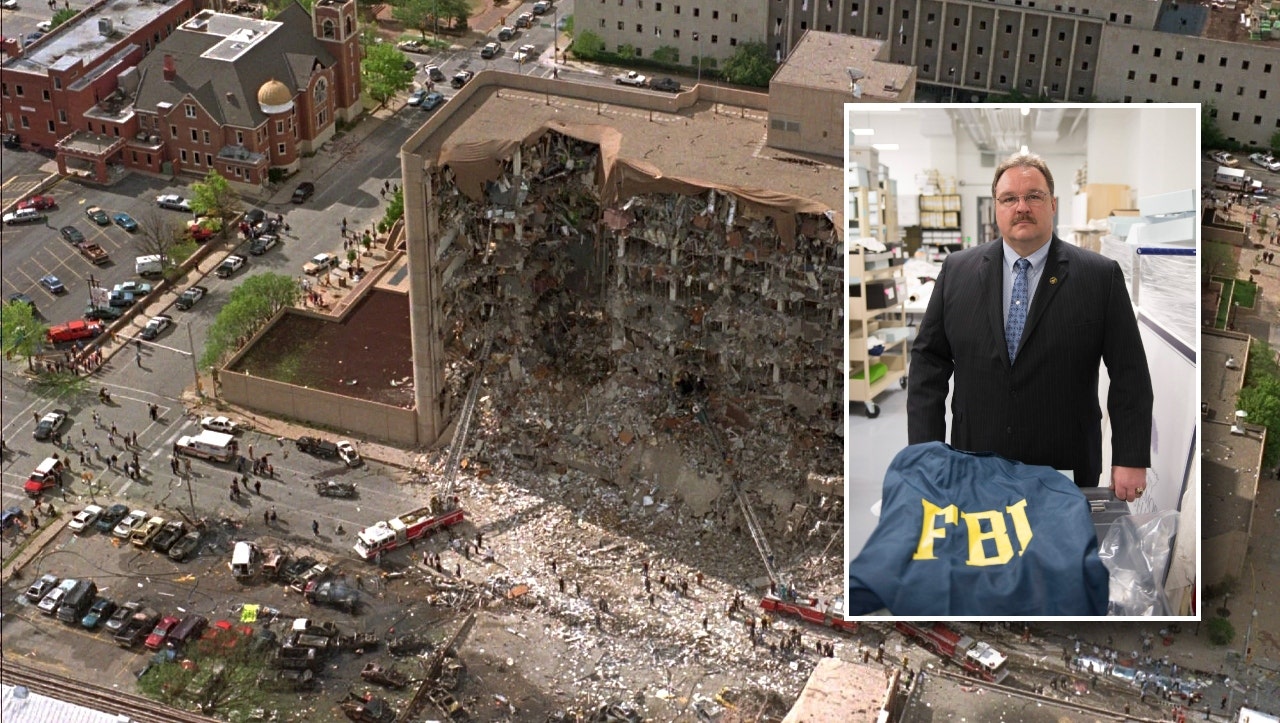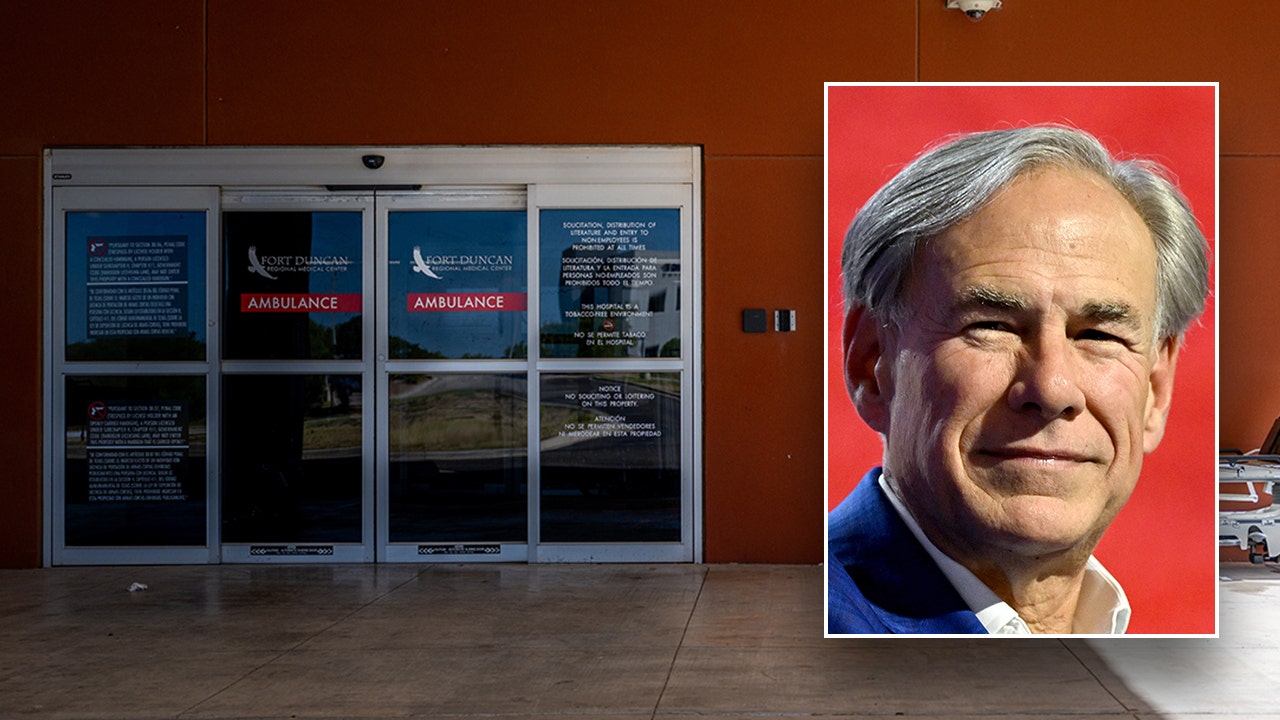An investigator for the city of Uvalde said on Thursday that despite the many documented failures of more than 20 city police officers who were among those responding to the shooting at Robb Elementary School in 2022, no punishment was warranted because the officers acted in good faith and did not violate department policy.
During a special meeting convened to reveal results of a two-year investigation, the investigator, Jesse Prado, a retired detective from Austin, also advised that the acting police chief at the time, Lt. Mariano Pargas Jr., be cleared of any wrongdoing. Mr. Pargas, who was running the force that day while the chief was on vacation, had resigned amid a storm of criticism from city residents.
“There were many failures,” Mr. Prado said, but he added that “there was no evidence of serious acts of misconduct in direct violation of the Uvalde Police Department’s policies.”
City officials did not directly comment on the report, but the new mayor, Cody Smith, who took office in November, said he planned to meet with family members later to discuss it.
“Please understand that in being as transparent as possible, the council and I are hearing this presentation for the first time tonight and have not yet seen this report,” he said as the meeting began.
Still, relatives of the victims were already expressing their outrage. The families have continued to demand transparency and accountability for a lengthy delay in confronting the gunman.
“It was for their safety; it was not for the safety of children,” Kim Mata-Rubio, whose daughter Lexi was among the children who were killed, shouted from the meeting room about the police officers. “Are these the people that you want responding to your loved ones? Guaranteed, it’s not.”
Ms. Mata-Rubio ran for mayor last year but lost to Mr. Smith. “Do what’s right. Terminate them,” she said of the officers.
The shooting occurred on May 24, 2022, when a teenage gunman climbed a low fence and entered the school through what turned out to be an unlocked door. Armed with an AR-15-style rifle, he unleashed a barrage of bullets on two connected classrooms, killing 19 children, two teachers and injuring 17 other people. More than 370 officers from local, state and federal agencies gathered at the scene but after initially being shot at, the officers did not make an attempt to confront the gunman until later.
The city findings, included in a 182-page report released on Thursday, are the third major investigation into the delayed police response. Two previous probes by a state committee and the Department of Justice both agreed that a perfect storm of failures in leadership, wrong decision-making and lack of police training led the officers to wait 77 minutes to confront the gunman holed up in two connected classrooms.
“The decision to intervene is left to the officer’s judgment and capability,” the city’s report concluded.
Other key investigations are pending. The local district attorney, Christina Mitchell, has convened a grand jury that is hearing testimony to determine whether criminal charges should be brought against any of the officers. The Texas Department of Public Safety, the state police agency that includes the Texas Rangers, has yet to release its findings.
Who has been held accountable?
In the days after the shooting, blame for the sluggish police response has shifted. Early on, much of it fell on Pete Arredondo, the chief for the small school district police department who was considered by many to be the incident commander on the day of the shooting.
Mr. Arredondo was among the first officers to lose their jobs, when the school board voted unanimously in August 2022 to fire him. Lawyers for Mr. Arredondo, who has insisted that he acted to save as many children as he could, called it “an unconstitutional public lynching.” The school district later dismantled its entire police force, which consisted of five officers, and has since hired a new team.
Mr. Pargas, who was in charge that day for the city police department, stepped down that November after 18 years on the force. He has since been re-elected as a county commissioner.
Five months after the shooting, Hal Harrell, the school superintendent, retired amid pressure from the families of the 21 victims. In November, Ashley Chohlis, a former superintendent in a rural school district, was named the new permanent superintendent in Uvalde.
The Texas Department of Public Safety also took steps to push out at least two out of the seven officers who were under investigation for their role in the response, including Sgt. Juan Maldonado and a Texas Ranger, Christopher Ryan Kindell. The state police’s investigation is ongoing.
Ruben Nolasco, the sheriff for Uvalde County, and Emmanuel Zamora, the county constable in Uvalde, have both been criticized for their roles in the police response and are still vying to hold onto their seats. Sheriff Nolasco is headed for a runoff election in May; Mr. Zamora won the Republican Party primary on Tuesday.
A state investigation found ‘systemic failures’
A special Texas House committee was the first to release a comprehensive assessment of the massacre and suggested that blame for the delayed response lay not just with Mr. Arredondo, but also with the scores of state and federal officers on scene.
The 77-page report found that “systemic failures” had left not only the school inadequately secured — at least one door was left unlocked, and the gunman was easily able to scale a low fence — but that the hundreds of officers were hobbled by bad information and a lack of leadership.
The state report found that while the officers waited in a hallway outside where the gunman was, at least one high-ranking official — the acting chief of the Uvalde Police Department — had been informed that a teacher was wounded and still alive inside one of the classrooms, and that at least one of the many children also inside had been calling 911 for help.
The committee report revealed that none of the officers, who had by then classified the episode as a barricaded subject, rather than an active shooter situation, called for changing that stance based on the new information.
The officers also failed to communicate with one another, the report found. At one point, it said, Mr. Arredondo was looking for a master key to open one of the classrooms under siege, but failed to call the principal, who had one.
A Justice Department investigation finds ‘unimaginable failure’
The U.S. Department of Justice echoed many of the findings of the state investigation. In a nearly 600-page report, compiled from 260 interviews and 14,000 documents and videos, federal investigators found “cascading failures of leadership, decision-making, tactics, policy and training” for the delayed law enforcement response.
Attorney General Merrick Garland said that the delay in confronting the gunman meant that the 19 children and two teachers who were fatally shot did not receive immediate medical care. “Lives would have been saved, and people would have survived” if officers had acted quickly to confront the gunman, Mr. Garland said at the time.
Associate Attorney General Vanita Gupta, who oversaw the investigation, called the response “an unimaginable failure.”
One teacher and at least one student who were found seriously wounded but alive later died on their way to a hospital. Seventeen others, mostly children, were injured but survived.
The report by the D.O.J.— known as a critical incident review — went beyond the actions taken or not taken that day. Investigators also identified repeated instances of officials and pedestrians roaming through the school in the days after the shooting, many of which were captured on body cameras worn by the officers. As a result, the report said, crime scene investigators were forced to “continually stop” their evidence collection.
Officers ‘must be prepared’ to confront a mass shooter, experts recommend
After the investigations, new federal gun control legislation have been passed and there have been reaffirmed calls for officers to respond aggressively to active shooters even if it means risking their lives.
Officers who respond to an active shooting scene need “to immediately enter the room to stop the shooter with whatever weapons and tools the officers have with them,” Mr. Garland said.
One month after the Uvalde massacre, President Biden ended nearly three decades of gridlock in Washington over gun control legislation and signed into law a bipartisan gun bill intended to prevent people who may be deemed dangerous from accessing firearms and to increase resources to the nation’s mental health system.
There have also been efforts to increase safety precautions and provide better equipment at the local level. In Uvalde, police officers now have additional ballistic shields and helmets, as well as new tools for breaching barricaded doors. At schools in the city, administrators have installed new eight-foot fences, sensors that would alert staff members if a door did not lock properly and more security cameras to monitor activity outside all schools.
The Texas Department of Public Safety has also adopted a much more aggressive approach to handling school shootings. Steven McCraw, the director of the state police, issued a memo dictating that officers “responding to an active shooter at a school will be authorized to overcome any delay to neutralizing an attacker.”






